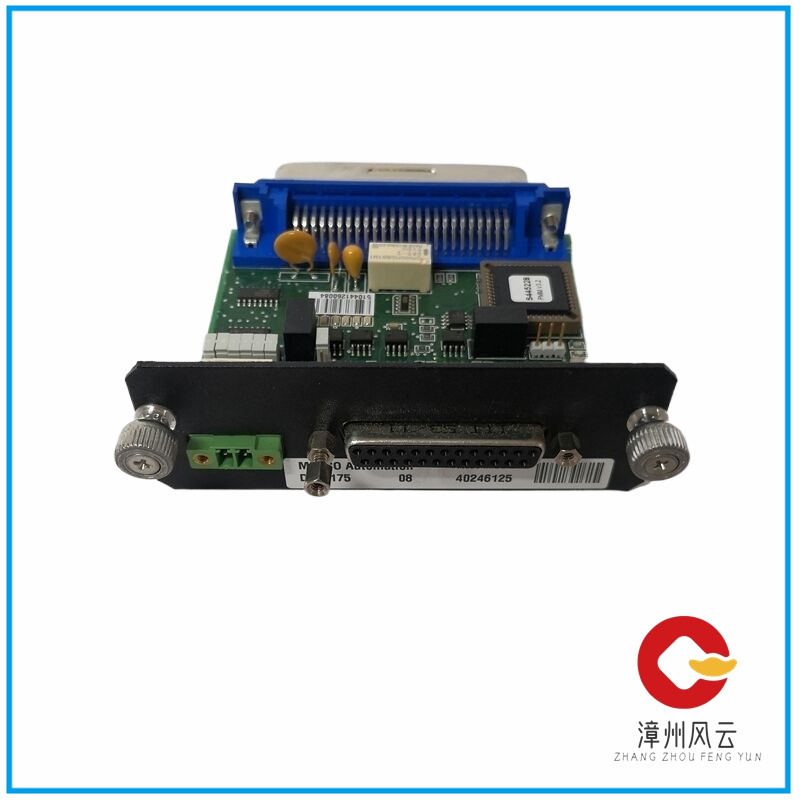The superiority of DCS control systems in the automation industry has been widely accepted by users, but the occurrence of their faults can also become a certain degree of trouble. Based on years of experience, the author proposes a comprehensive approach from selection design to operation, start stop, and maintenance to reduce the probability of DCS system failures.

1、 Selection, design, and debugging of DCS
1. The configuration of the system and controller should focus on reliability and load rate (including redundancy) indicators. The communication load rate must be controlled within a reasonable range, and the load rate of the controller should be as balanced as possible to avoid the occurrence of “high load” problems.
2. The allocation of system control logic should not be overly concentrated on a single controller, and the main controller should adopt redundant configuration.
3. The power supply design must be reasonable and reliable. Pay attention to the load rate of power supply design and the redundant configuration of power supply to ensure two independent power sources.
4. Pay attention to the reliability of the DCS system interface, and pay attention to the interface mode and redundancy of important interfaces.
5. The grounding of the DCS system shall be carried out according to the manufacturer’s requirements to avoid grounding problems that may cause large-scale system failures. Attention should be paid to considering anti-interference measures of the system, and I/O channels should emphasize isolation measures. Pay attention to cable quality and shielding, and use computer specific communication shielded cables for important signals and controls.
6. According to the operating characteristics of the equipment and the requirements for handling emergency faults of the unit under various working conditions, configure an operator station and a backup manual operation device. The emergency shutdown and shutdown button configuration should adopt a separate operating circuit from the DCS.
7. For the protection system, the multiple signal acquisition method is adopted. Reasonably use the blocking conditions to enable the signal circuit to have logical judgment ability.
During the debugging period, test all logic, circuits, and operating conditions according to the debugging outline and methods to ensure that all parameter settings are correct and reasonable.
2、 DCS operation, start stop maintenance
1. Prepare for maintenance
The maintenance of the DCS system requires the following preparations:
(1) Maintenance personnel should be familiar with the structure and functional composition of the DCS system, understand the hardware knowledge of the system equipment, and proficiently master the DCS configuration software.
(2) System backup: including operating system, control system software, and logical configuration to ensure data integrity and updates. Priority should be given to using CDs and using portable hard drives, USB drives, etc. to ensure dedicated use of dedicated disks.
(3) Hardware reserve: Adequate backup should be made for vulnerable and short cycle components and critical components, ensuring that there is no less than one spare part for each type of card and module, and stored according to the manufacturer’s requirements. If conditions permit, the spare parts should be verified.
(4) Organize the scope and schedule of product after-sales service, and form a technical support contact list for DCS manufacturers and design and commissioning units.
2. Daily maintenance
The daily maintenance of the system is the foundation for the stable operation of DCS, mainly including the following points:
(1) According to the 25 countermeasures requirements, DL/T774 maintenance regulations and other documents, improve the management system of the DCS system.